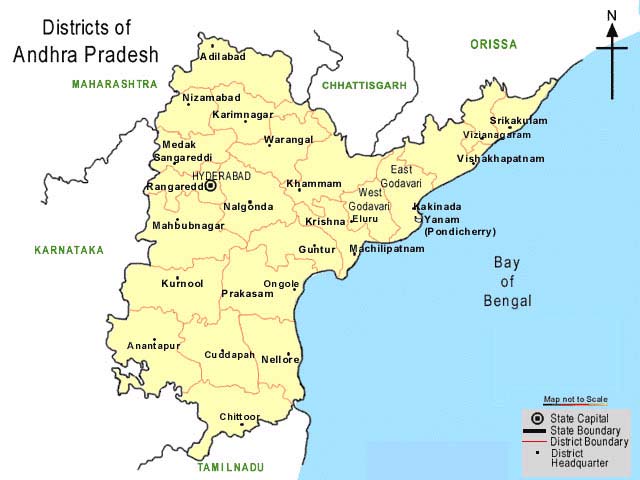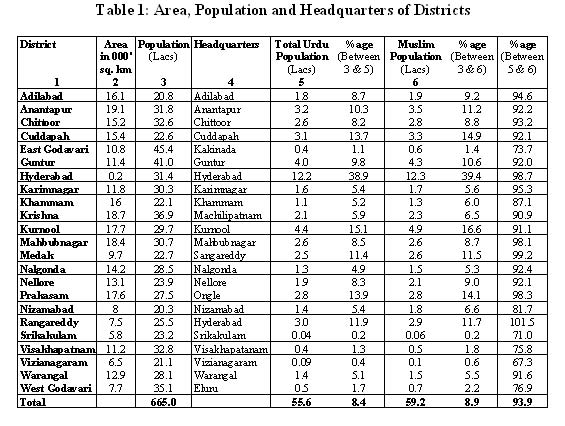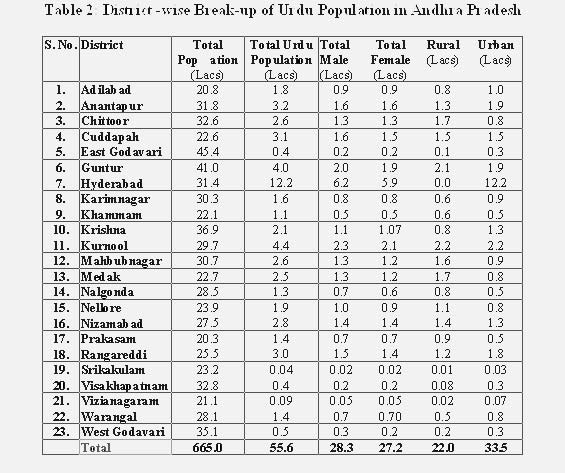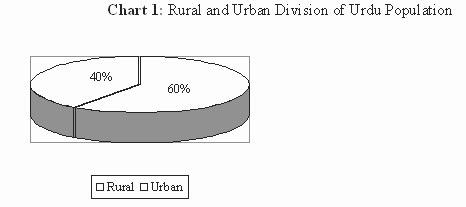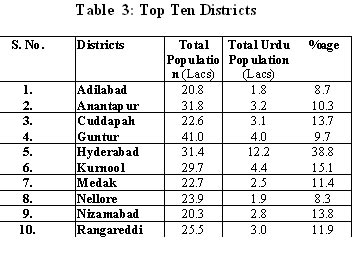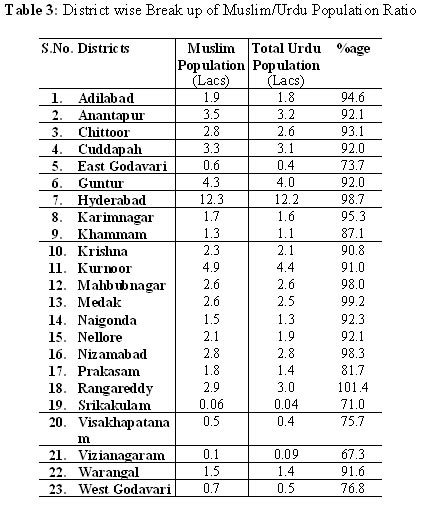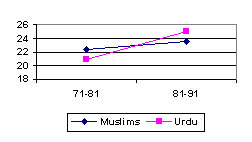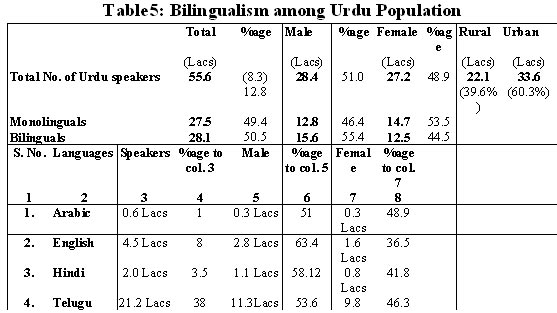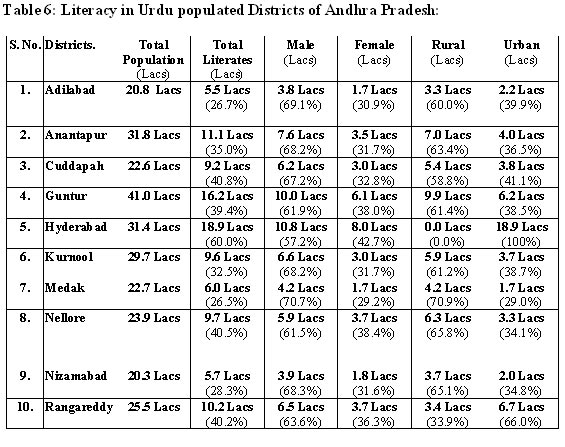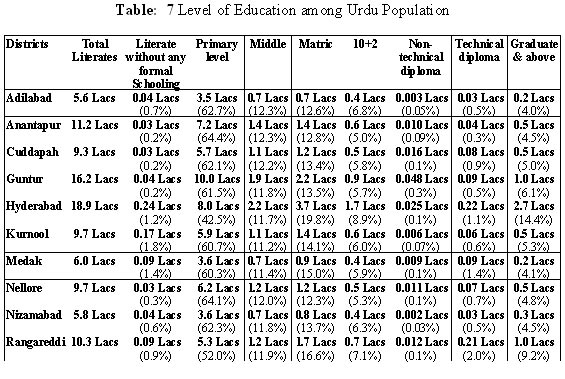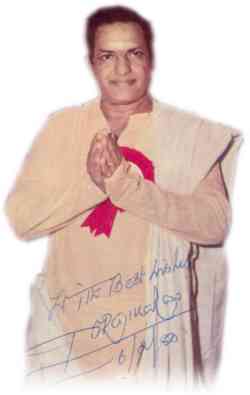BOOKS FOR YOU TO READ AND DOWNLOAD
- Lanuage In Science by
M. S. Thirumalai, Ph.D. - Vocabulary Education by
B. Mallikarjun, Ph.D. - A CONTRASTIVE ANALYSIS OF HINDI AND MALAYALAM by V. Geethakumary, Ph.D.
- LANGUAGE OF ADVERTISEMENTS IN TAMIL by Sandhya Nayak, Ph.D.
- An Introduction to TESOL: Methods of Teaching English to Speakers of Other Languages by M. S. Thirumalai, Ph.D.
- Transformation of Natural Language into Indexing Language: Kannada - A Case Study by B. A. Sharada, Ph.D.
- How to Learn Another Language? by M.S.Thirumalai, Ph.D.
- Verbal Communication with CP Children by Shyamala Chengappa, Ph.D. and M.S.Thirumalai, Ph.D.
- Bringing Order to Linguistic Diversity - Language Planning in the British Raj by
Ranjit Singh Rangila,
M. S. Thirumalai,
and B. Mallikarjun
REFERENCE MATERIAL
- Lord Macaulay and His Minute on Indian Education
- Languages of India, Census of India 1991
- The Constitution of India: Provisions Relating to Languages
- The Official Languages Act, 1963 (As Amended 1967)
- Mother Tongues of India, According to 1961 Census of India
BACK ISSUES
- FROM MARCH 2001
- FROM JANUARY 2002
- INDEX OF ARTICLES FROM MARCH, 2001 - MARCH 2003
- INDEX OF AUTHORS AND THEIR ARTICLES FROM MARCH, 2001 - MARCH 2003
- E-mail your articles and book-length reports to thirumalai@bethfel.org or send your floppy disk (preferably in Microsoft Word) by regular mail to:
M. S. Thirumalai
6820 Auto Club Road #320
Bloomington, MN 55438 USA. - Contributors from South Asia may send their articles to
B. Mallikarjun,
Central Institute of Indian Languages,
Manasagangotri,
Mysore 570006, India or e-mail to mallik_ciil@hotmail.com. - Your articles and booklength reports should be written following the MLA, LSA, or IJDL Stylesheet.
- The Editorial Board has the right to accept, reject, or suggest modifications to the articles submitted for publication, and to make suitable stylistic adjustments. High quality, academic integrity, ethics and morals are expected from the authors and discussants.
Copyright © 2001
M. S. Thirumalai
URDU IN ANDHRA PRADESH
A. R. Fatihi, Ph.D.
1. Historical, Geographical, and Linguistic Sketch of the State
Andhra Pradesh is surrounded by Orissa and Madhya Pradesh on the north, Maharasthra and Karnataka on the west, Tamil Nadu on the south, and the Bay of Bengalbinds on the east with a coastline of 974 km. The earliest mention of the Andhra is said to be in Aitereya Brahmana (2000 BC). A recorded history of Andhra Pradesh, according to historians, begins with 236 BC, the year of Ashoka's death. During the following centuries, Satavahanas, Sakas, Ikshvakus, Eastern Chalukyas, and Kakatiyas ruled the Telugu country. After Independence, Telugu-speaking areas were separated from the composite Madras Presidency, and new Andhra State came into being on 1 October1953. With the passing of the State Reorganisation Act, 1956, there was a merger of Hyderabad State and Andhra State, and consequently Andhra Pradesh came into being on 1 November 1956.
Andhra Pradesh has a population of 6,65,08,008 persons. Telugu is the regional and official language of the State, spoken by 84.86 percent of the population. The major linguistic minority groups in the State include the speakers of Urdu (7.86%), Hindi (2.65%) and Tamil (1.27%).
The minority language speakers who constitute less than 1 percent are the speakers of Kannada (0.94%), Marathi (0.84%), Oriya (0.42%), Malayalam (0.10%), Gondi (0.21%), and Koya (0.30%).
The speakers of minority languages who constitute less than 0.09 percent are the speakers of Bengali (0.04%), Gujarati (0.09%), Punjabi (0.04%), Sindhi (0.02%) Savara (0.09%), Kolami (0.03%), Jatapu (0.04%), Konda (0.03%), Khond/Kondh (0.01%), Gadaba (0.02%), and Gorkhali/Nepali (0.01%).
2. Urdu in Andhra Pradesh
Urdu is one of the most important languages of Andhra Pradesh. While Telugu is the official language of the state, Urdu is treated as the additional official language in numerical strength. It comes next to Telugu. Urdu is spoken by 55.6 lakh persons in the state. The state government has notified the areas where the population of linguistic minority constitutes 15% or more of the local population.
In the present study, we are mainly concerned with the Urdu speaking linguistic minority and therefore the areas where Urdu speakers constitute 15% or more of the local population are given below:
- Madhanapalli Municipal and Vavalpadu taluka in district Chittoor;
- Municipal areas of Cuddapah and Proddatur and in the taluka of Rayachoti and Lakkirddipalli in the district of Cuddapah;
- Gooty taluka and in the Municipal areas of Rayadurg, Anantapur, Dharmavaram, Guntakal, Hindupur;
- Municipal areas of Adilabad, Bainsa, Kagaznagar Nirmal and in Madhole taluka in district Adilabad;
- Municipal areas of Guntur, Chilakaluripet, Narasarapet and ponnuru in district Guntur;
- Municipal areas of Yemmiganur, Adoni, Kurnool and Nandyal and in the talukas of Allagadda, Atmakur, Banagannapalle and Nandikotur in district Kurnool;
- Municipal areas of Karimnagar Municipal area in district Khammam;
- Municipal areas of Gadwal, Mahabubnagar and Narayanapet in district Mahabubnagar;
- Municipal areas of Medak, Sadasivapet, Sangareddy, Siddipet and Jahirabad and in Jahirabad Non-Municipal area in district Medak;
- in Nellore Municipal area in district Nellore;
- Municipal areas of Bhongir and Nalgonda in district Nalgonda;
- in Warangal Municipal area in Warangal district;
- Municipal areas of Bodhan and Nizamabad and in Bodhan Non-Municipal area in district Nizamabad;
- Markapuram Municipal area in district Prakasam;
- Talukas of Marpalli, Tandur and in Tandur Municipal area district Rangareddy, and
- in all the areas in Hyderabad, including the Hyderabad Municipal Corporation.
3. Urdu as a Second Official Language
Urdu is also declared as a second official language in fourteen specified districts, to be used in addition to Telugu language for the following purposes:
- As a regional language for the purposes of direct recruitment to the Secretariat, Ministerial and Judicial Ministerial Services;
- As language for the purpose of Second Language test for gazetted and non-gazetted services;
- To send replies in Urdu to the petitions received in Urdu, wherever practicable.
- As a language of the Courts subordinate to the High Court of Andhra Pradesh for purposes of Civil procedure Code and Criminal Procedure Code in the districts of Anantapur, Cuddapah, Kurnool, Guntur, Adilabad, Hyderabad, Rangareddy, Karimnagar, Khammam, Mahabubnagar, Medak, Nalgonda, Nizamabad and Warangal.
Further, in the notified areas mentioned above, the language which is spoken by not less than 15 per cent of the population of the area would be used, in addition to Telugu language for the following official purposes:
- Issue of tender notices, auction-notices and chit tender notices for all works relating to the buildings wing in the offices of the Section Officers of roads and Buildings Department;
- Issues of auction notices and general orders concerning the public or public interest in the offices of the inspectors of Fisheries and offices subordinate to them;
- Issue of auction notices in the Offices of the Sub-Inspectors and Circle Inspectors of Excise;
- Issue of sale notices by the Range Officers in the Offices under the Forest Department at Mandal level and below;
- Issue of tender notices in the Gram Panchayat offices, the Mandal Praja parishad offices and Zilla Parishad offices;
- Issue of chit tender notices for small works not exceeding Rs. 10,000/- tender and auction notices in the offices of the Section Officers of irrigation Department;
- Issue of tender notices and publication of notices in villages calling for objections from the public for any proposal in the offices of the Mandal Revenue officers and other offices of the Revenue Department;
- Issue of important laws, rules, regulations and notifications.
The State Government have set up a Directorate of Translation at the State Headquarters to translate important rules, regulations, notices, etc. into Urdu and other minority languages. A detailed district-wise break-up of the total Urdu population in Andhra Pradesh is shown in Table 2.
4. Urdu as an Urban-based Language in Andhra Pradesh
In the light of the figures given above, we may draw the conclusion that Urdu is basically an urban-based language in Andhra Pradesh.
Urban/Rural division of Urdu population is presented diagrammatically below. The graph presented below exhibits the rural/urban division of Urdu population in Andhra Pradesh.
On the basis of the figures presented in the table above, the following observations can be made.
- Top seven districts have a concentration of Urdu speakers of over 10% of the total population.
- District Guntur has above four lacs of Urdu speakers, which is 9.7% of the total population.
- Adilabad and Nellore occupy the Ninth and Tenth positions with 8.7 and 8.3% of Urdu speakers.
As shown in the table, the difference between the Urdu population and total population is maximum in Guntur and minimum in Hyderabad.
5. Urdu as an Icon of Muslim Identification
To assess the validity of the claim that "Urdu is an icon of Muslim identification," this section provides a distribution of Muslim and Urdu population in Andhra Pradesh. The table given below provides a district-wise distribution of Muslim and Urdu population.
The figures presented in the table indicate that not all Muslims claim Urdu as their mother tongue. However, in Rangareddy district, Muslim/Urdu population ratio goes up to 101 per cent, that further indicates that non-Muslims of the district also claim Urdu as their mother tongue. The fact that non-Muslims also claim Urdu as their mother tongue questions the validity of the myth that Urdu is an icon of Muslim identification.
6. Decennial Growth of Muslims and Urdu Speakers
Maintaining an identity through a particular Linguistic Identification is very much a matter of social awareness on the part of an individual. Change in Linguistic Identification does not signify change in linguistic behaviour. Oscillation in mother-tongue declaration reveals a shift in social identification under changed circumstances. The table given below presents the decennial growth of Muslims and Urdu speakers reported in 1971, 1981, and 1991 census reports.
This Table indicates a considerable rise ranging between 20 to 25 percent among Urdu speakers in the state during 1971 to 1981, and 1981 to 1991. In other words, Urdu Population rises from 20% in 71-81 to 25% in 81-91.
The decennial growth of Muslims in Andhra Pradesh shows a slightly slow increase ranging between 22 to 23 percent during 1971 to 1981 and 1981 to 1991. The graph given below displays a steep rise in case of Urdu. The figures of Muslim decennial growth have also shown steady increase.
Chart 3: Decadal growth in Muslim and Urdu
7. Bilingualism Among Urdu Speakers
The Urdu population is mostly scattered throughout the country, hence a large proportion of Urdu speakers in many regions tend to have bilingual control over the respective language of the region, along-with Urdu. The table below presents the figures of bilingualism among Urdu speakers.
The figures presented in the table indicate that bilingualism among Urdu speakers is much higher than the State average. 50.5 percent of the total Urdu population is bilingual. Telugu is the most preferred language among the Urdu speakers of Andhra. 38 percent of the total Urdu population is bilingual in Telugu.
8. Literacy in Urdu Populated Areas
Despite the progress of literacy programmes in India, there are more illiterate adults in India today than there were in 1951. However we may not ignore the fact that the literacy rates in the country have shown a steady increase of about eight- percent every decade since 1951, from a national average of 19.74% in 1951.
The literacy level is linked with the urban/rural factor in a significant way. Greater number of illiterates lives in the rural areas. They do not have access to information through the written word. According to the 1991 census, 74.30 percent of the total Indian population lives in the rural areas and 25.7 percent in urban areas. On the other hand, the literacy rate in urban areas is 61.72 while in the rural areas it is 36.31 per cent.
The male/female parameter is also very significant in literacy. Males show higher literacy rate than females. The table given below presents the figures of literacy among Urdu speaking population.
The figures presented above indicate that the language issue is inter-linked with the urban/rural factor in a significant way. The rural districts of Andhra Pradesh show a high degree of illiteracy in comparison to Hyderabad, which is basically a contrast between the rural and urban populations.
9. Level of Education among Urdu Population
In late nineties, India adopted a series of policies and programmes to improve the quantity and quality of its education system. These included the approval and adoption of the EDUCATION FOR ALL. Most of these policies aimed at improving Primary education especially in rural areas.
The table given below presents the level of education in Urdu populated areas of the state.
From the above table we find that about 60 percent of the literate population in Urdu speaking districts of Andhra Pradesh do not carry their studies beyond the Primary level. The figures presented in the table simply suggest that the dropout level at the primary level is alarmingly high.
The figures demand new plannin and pedagogical strategies to improve the level of education among Urdu speaking minorities.
10. Medium of Instruction
Telugu is, generally speaking, the medium of instruction in Andhra Pradesh. However, the State Government has issued orders to impart instruction through the mother-tongue of the students in the Primary stage of education provided 10 students are enrolled in a class and 30 students per school are available to study the minority language.
Tribal students receive their primary education in Telugu only.
Urdu, Hindi, English, Oriya, Kannada, and Tamil are recognized as the media of instruction at the primary stage of education. The regional language Telugu is taught to linguistic minority students from class III to X.
An analysis of the languages used as media of instruction reveals that the number of languages used as media of instruction goes down as one goes higher up on the educational level. Several languages are used as the medium at the primary level of education, but number goes on decreasing with an increase in the level of education. In other words, many languages are not used at the higher levels of education.
The table given below examines the extent to which this perception is valid in the state.
The figures presented above indicate that Andhra Pradesh is one of those states where four or more languages are used as media of instruction at higher secondary education.
The State government has adopted a simplified three-language formula which entails the study of languages as under:
- Telugu, Tamil, Kannada, Urdu, Oriya, Hindi and Marathi as the first language from Class I to X.
- Hindi Telugu, Tamil Kannada, Urdu, Marathi, Oriya, and Special English as the second language from Class VIII to X.
- English as the third language from Class V to X.
The languages used are Telugu, Hindi, English and Urdu. Urdu is the language of the largest minority group living in the state and also it enjoys the second official language status. A comparison of the figures presented in the two different surveys further indicates that the number of languages used as media of instruction has decreased in Andhra Pradesh in recent years.
HOME PAGE | BACK ISSUES | A Study of Assamese Hindu Male Names | Cognitive Processes in Writing: Exploring the Strategies Used by Second and Foreign Language Learners of English | Lord Macaulay: The Man Who Started It All and His Minute | Indian Mass Media and Language Education | Urdu in Andhra Pradesh | Computational Morphology of Tamil Verbal complex | Science Policy: Empowering Indian Languages vis-a-vis English -- A Review of H.R.Dua's Science Policy, Education, and Language Planning | SOME NEW BOOKS IN INDIAN LINGUISTICS | CONTACT EDITOR
A. R. Fatihi, Ph.D.
Visiting Senior Faculty
Cornell University
E-mail: arf26@cornell.edu
